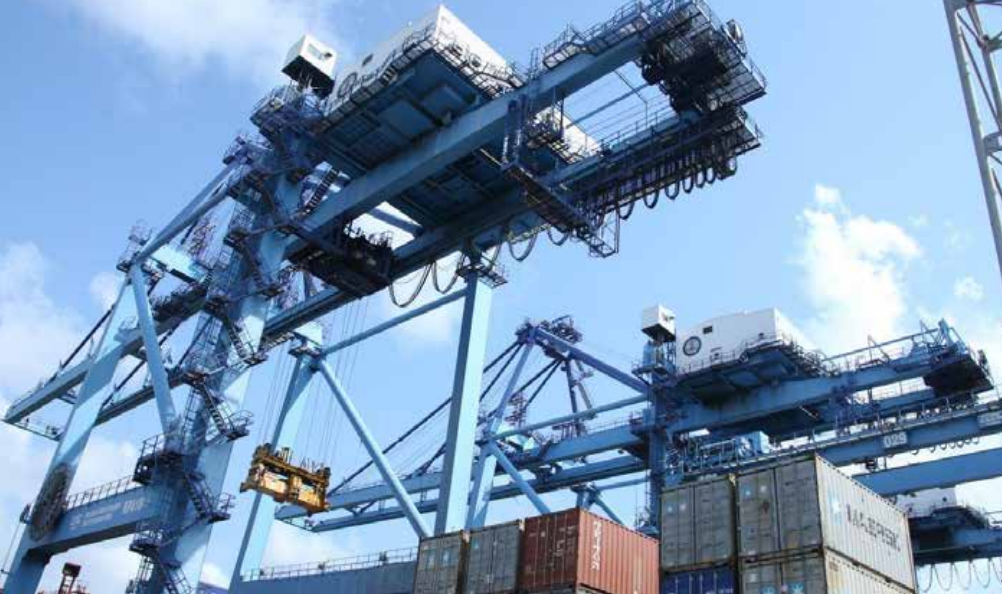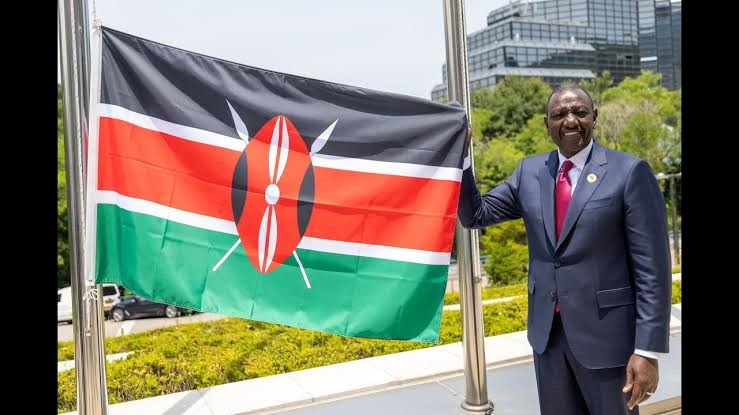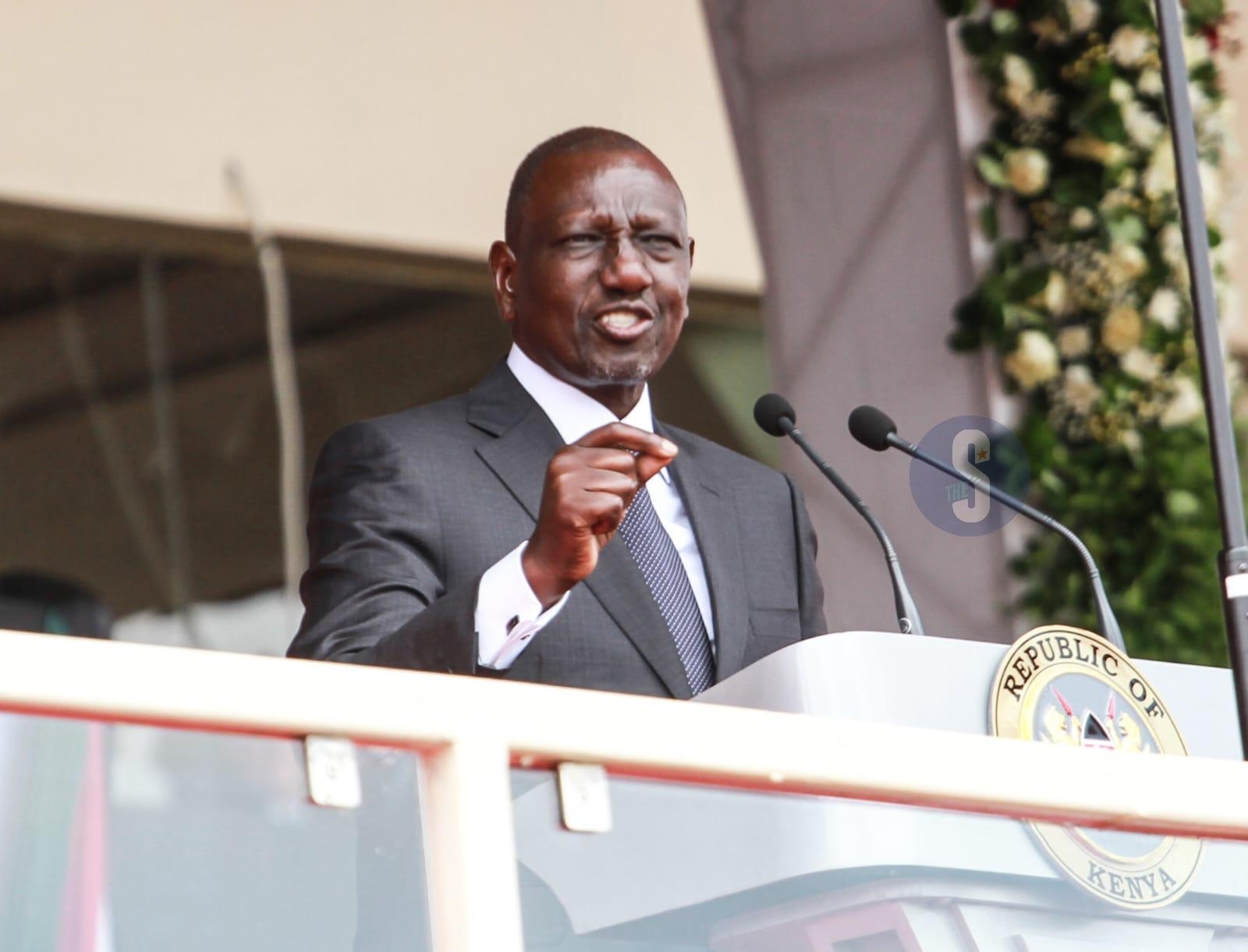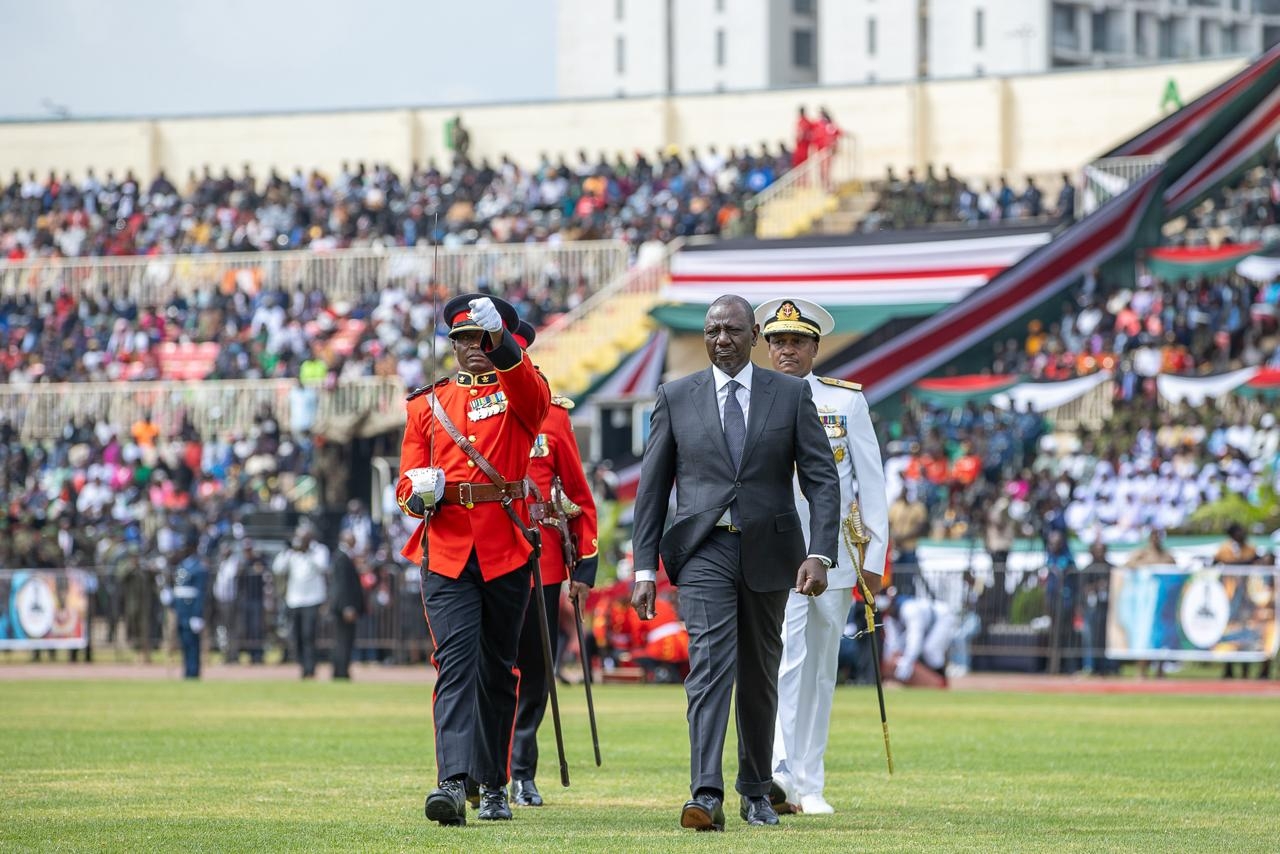
TRANSSHIPMENT traffic at the Mombasa port grew 135 per cent last year pushing container volumes to above the two-million mark, as vessel re-routing following Red Sea attacks increased activities at the East Africa’s leading port facility.
Data by the Kenya Ports Authority (KPA) shows transshipment traffic grew to 496,034 Twenty-Foot Equivalent Unit (TEUs) in 2024 from 211,073 TEUs, or basically 20-foot containers, in 2023.
The growth is attributed to port efficiency, increased traffic on the eastern seaboard of Africa due to the diversion of vessels around the Cape of Good Hope and the congestion in other regional ports.
Attacks by the Houthi Rebels saw shipping lines avoid a bigger section of the Red Sea and the Suez Canal and instead re-routed vessels through South Africa for onward voyages, including those shipping cargo between Europe, Africa and Asia that have traditionally used the Suez Canal.
This made Mombasa the port of choice for transshipment as opposed to the likes of Oman's Port of Salalah which is centrally located at the crossroads of trade between Asia and Europe.
Transshipment refers to the transfer of goods or containers from one mode of transport to another, or from one vessel to another during a journey when a direct route is not available.
The rise in transshipment played a key role in pushing up cargo volumes handled at the Port of Mombasa which experienced a notable rise in all major sectors of cargo in 2024, exceeding the corresponding period in 2023.
Total cargo throughput recorded 40.99million tonnes, KPA’S annual review and bulletin of statistics 2024 indicates, surpassing the 35.98 million tonnes handled in 2023.
This represents a notable increase of 5.013 million tonns or 13.9 per cent with the primary driver of this performance remaining containerised cargo which increased by 3.788 million tonnes or 20.9 per cent.
Other categories of cargo that supported the growth were dry bulk, liquid bulk and conventional cargo, recording an increase of 4.5 per cent, 7.3 per cent and 13.3 per cent respectively.
Similarly, container traffic registered a record of 2,004,683 TEUs in 2024 against 1,623,080 TEUs handled in 2023, indicating a positive variance of 381,603 TEUs or 23.5 per cent.
The vessel re-routing which made the East African shores a key transit destination however came with its equal challenges where the Port of Mombasa like other ports around the world, experienced high traffic from rerouting vessels, hence recorded negative impact on some key indicators.
This includes the average ship waiting time for all vessels and container ship turnaround time which rose from 0.78 days in 2023 to 1.53 days registered in 2024 and from 2.3 days in 2023 to 2.9 days respectively.
“The unprecedented record levels in Mombasa port traffic, far beyond our initial pre-Red Sea crisis forecasts, has necessitated the need to urgently address emerging capacity constraints. To this end, the authority is implementing a port digitalisation plan to improve efficiency and consequently lower waiting times,” KPA managing director William Ruto said.
This entails the upgrading of the authority’s Terminal Operating System, gate automation and operationalisation of an Operations Control Centre to streamline planning, monitoring and control of all operations.
The high volumes and increased port activities saw KPA’s total revenues jump to Sh67 billion up from Sh60.9 billion the previous year. Expenditure however equally increased to Sh49.8 billion up from 44.3 billion, leaving the authority with a profit before tax of Sh17.3 billion compared to Sh16.6 billion the previous year.
Mombasa Port is expected to handle 50 million tonnes of cargo annually by 2050. This projected increase signifies
a significant expansion of the port's capacity and its role as a major gateway
for trade in the region.
According
to management, the authority is keeping pace with the strategy of
building capacity ahead of demand by fast-tracking the expansion of berth 19B to inject an
additional 300,000TEUs in much needed capacity over the medium-term.
Feasibility studies for the Phase III of the Mombasa Port
Development Project (MPDP) have been finalised with construction of the 450,000 TEUs terminal expected to
commence in 2025.
“Once
complete, these two projects will raise the Mombasa port capacity from the current 2.1 million to
2.9 million TEUs,” Ruto said.
Additionally, the authority has secured funding
and awarded contract for the Dongo Kundu Berth 1 (DK 1) with construction
expected to be completed in 2027.
The facility is of strategic importance in catalysing the development of the
Dongo Kundu Special Economic Zone which is expected to not only boost the country’s economy, but drive major
business growth for KPA through
enhanced trade.
“We will continue to navigate the evolving maritime landscape and ensure that our seaport remains a vital hub for commerce, connectivity and trade,” KPA general manager-corporate research planning and compliance, Evelyne Mwamure, said.














